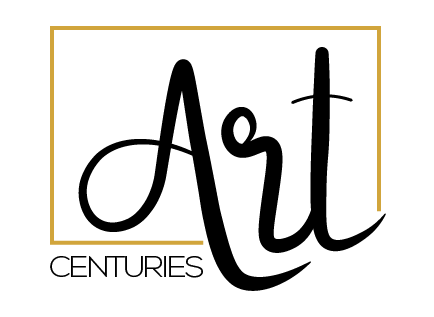Raouf Rifai
Raouf Rifai « Abstraction en rouge »
100 x80 cm, acrylic on canvas, signed and dated 2004.
Raouf Rifai, born in Lebanon in 1954, is an accomplished artist known for his contributions to the art world. Here is a summary of his background and achievements based on the information you provided:
Raouf Rifai « Darwich »
120 x 100 cm, acrylic on canvas, signed and dated 2011.
Raouf Rifai is a Lebanese artist who resides and works in Beirut. He received a BA in Decorative Art from the Institute of Fine Arts in Beirut in 1982. Later, in 1995, he obtained a PhD in Urbanism from La Sorbonne I University in Paris, France. Following his studies, he began teaching in the Department of Architecture and Design at the Lebanese University in Beirut.
Rifai's artistic journey has been marked by his participation in numerous collective exhibitions across Europe, the United States, the Middle East, and Japan. His visual language is characterized by a fusion of abstract symbols with references to Middle Eastern cultural heritage, often featuring vibrant colors. Notably, he incorporates elements like the traditional "tarbush hat" into his art.
A recurring theme in Rifai's work is that of the "Dervish." His art often depicts these figures—a representation of a simple individual—evolving within virtual or real spaces. His portrayal of dervishes reflects the diversity, expressions, attitudes, and emotions of Middle Eastern society.
Throughout his career, Rifai has held over thirty solo exhibitions since 1984, including a recent exhibition at Sana Gallery in Singapore. In recognition of his talent, he was awarded the first prize at the Sursock Museum's Salon d'Automne in Beirut in 2010. His artwork has also achieved success at auctions, including those at Christie's Dubai and Ayam Gallery in Dubai.
This overview provides a glimpse into Raouf Rifai's background, artistic style, and accomplishments up to the time of my last update in September 2021. For the most current and detailed information about his recent exhibitions and work, I recommend consulting official art galleries, museum websites, and reputable art publications.


